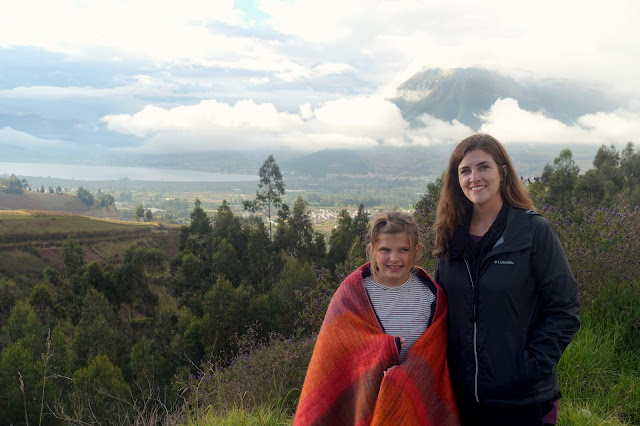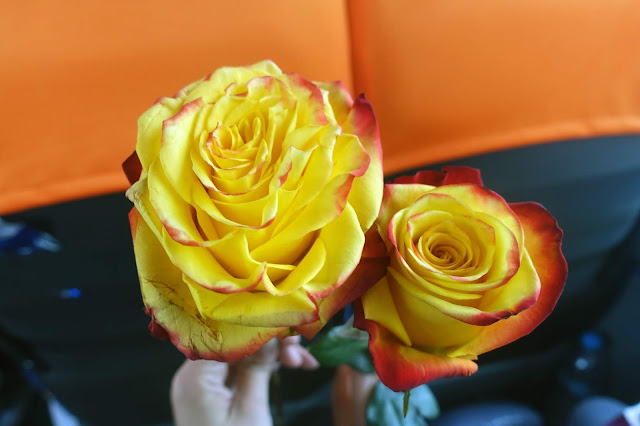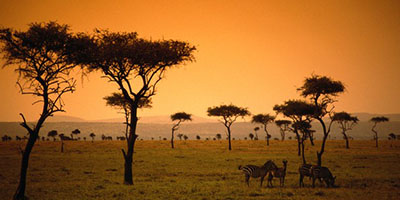Day 9: Going Home
 |
| Scarlett and I with the Imbabura Volcano in the background. |
What a finish to this adventure! We traveled about an hour northwest from Quito to Cotacachi and then Otavalo . The areas are home to many of the indigenous peoples that branch from the Incas. We got to have a more in depth experience with the rich culture here in Ecuador through the music and textiles.
 |
| Stopping to try cherimoya at a fruit stand. |
All of the fruit I have had on this trip was so much better than at home since it was closer to the source or origin. They had so much more flavor. And the avocados... So creamy and delicious! Too bad Scarlett wasn't nearly as enthusiastic as I was.
 |
| One of many different places to buy roses. |
 |
| Our beautiful roses! |
 |
| Hosteria Miralago |
 |
| The view of Imbabura Volcano from Miralago. |
● ● ● ● ● ● ● ● ● ●
Fun Fact: The Cayambe Volcano in Ecuador is the highest point on the equator and the only point of the equator that contains snow.
● ● ● ● ● ● ● ● ● ●
Cotacachi
Cotacachi is known as the "Leather Town" and is notably famous for its leather artisans and goods. All sorts of shops line the main road, Calle 10 de Agusto, offering different kinds of specialty leather shoes, bags, wallets, and clothing. There are so many shops at all different price points that it is almost a little overwhelming. Scarlett ended up buying a small leather coin purse that looked like a cat and I picked up a bright yellow leather purse with floral embroidery in one of the boutiques. |
| Trying cuy at lunch. |
I always try to make a point of trying new and local foods wherever I go. It is important to always keep an open mind and remember that even though a cultural difference might seem weird, it is someone else's normal. However, I don't think I was quite prepared for the culture shock of having a deep friend guinea pig served up on a plate! I still tried it, along with a few others from our group, but Scarlett was having none of it and stuck to her fries.
 |
| The view of the Imbabura Volcano while back on the road. |
Otavalo
 |
| Learning how to make reed pipes. |
 |
| The wall of instruments. |
 |
| One of the weaving looms. |
The highlight of my day was finding a beautiful handwoven tapestry made from Alpaca fibers. It has cats on it. I’m glad to know that there is something for us cat lady’s all over the world!
 |
| A wall tapestry that was for sale. |
 |
| Learning about what plants are used as dyes. |
 |
| Scarlett in her new woven shawl and hair wrap. |
 |
| Learning to wrap our hair with woven straps. |
We headed back to Quito by way of Guachala Cangahua and had some spectacular views of the volcano. The clouds had been rolling around the peaks all day, but finally they moved long enough to get a clear look. The soil on the volcano is fertile which is why it is so green.
 |
| The Imbabura Volcano. |
Until next time, Ecuador. XOXO
 |
| Our table in the La Casa del Bosque Lounge Bar. |



Comments
Post a Comment